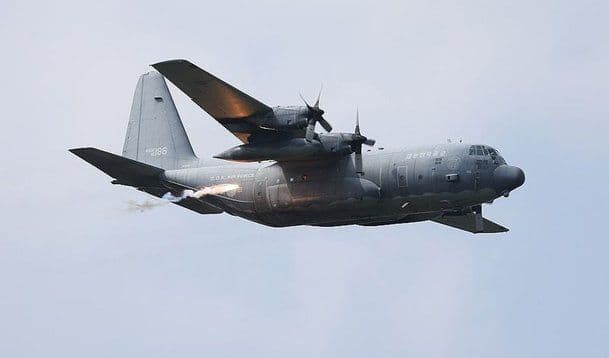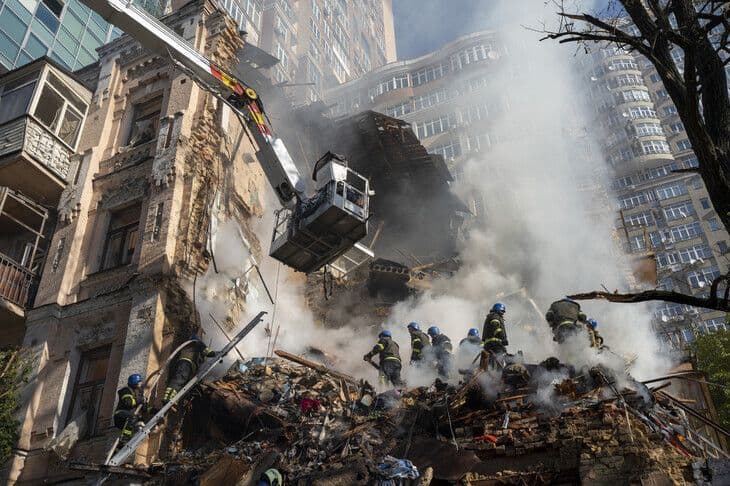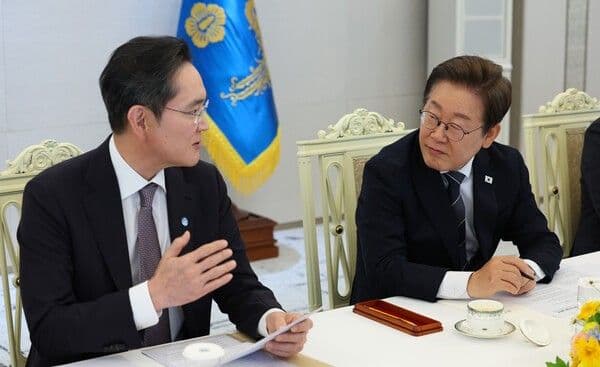South Korean Military Aircraft Nearly Intercepted by Japanese Fighters: What Really Happened?

When a Routine Training Flight Turned Into a Diplomatic Crisis
Can you imagine a friendly military aircraft almost being treated as a hostile intruder? That's exactly what happened on July 13, 2025, when a South Korean Air Force C-130 transport plane headed for Guam inadvertently triggered a dramatic military response from Japan. The aircraft departed from Seoul Airport to participate in a multinational training exercise called REFORPAC in Guam. However, what should have been a straightforward flight turned into a nail-biting incident that exposed critical gaps in Korea-Japan military coordination.
The transport plane encountered severe thunderstorms after leaving Korean airspace, forcing pilots to detour around dangerous weather systems. This unexpected route change consumed significantly more fuel than planned, leaving the crew with insufficient reserves to reach Guam safely. Faced with a potential fuel emergency, the pilot made the decision to divert to Kadena Air Base in Okinawa, Japan. But here's where things got complicated: the Korean military had not obtained proper authorization to enter Japanese airspace, and the sudden approach triggered Japan's air defense systems.
When the C-130 entered Japan's Air Defense Identification Zone without prior approval, Japanese Air Self-Defense Force scrambled F-15J fighter jets to intercept what they perceived as an unauthorized incursion. The U.S. control tower at Kadena Base was also caught off guard, repeatedly questioning the transport plane about its intentions. It was a tense moment that could have escalated into something far more serious between two countries that are supposed to be security partners.
The Communication Breakdown That Almost Sparked an Incident

So what went wrong? According to investigations by South Korea's Ministry of National Defense, this incident stemmed from multiple layers of communication failures and procedural oversights. The transport squadron had initially requested the shortest route to Guam, which would have passed through Japanese airspace. However, the Air Force Headquarters and Ministry of National Defense had actually coordinated with Japan for an alternate route that would bypass Japanese airspace entirely.
Here's the shocking part: the flight crew never properly confirmed which route had been officially approved. They took off without verifying that they lacked the necessary permission number required for Japanese airspace passage. This fundamental oversight meant they were essentially flying blind regarding international coordination. When the fuel emergency arose and the pilot attempted to communicate with Japanese air traffic control using the military term precautionary landing, civilian controllers at the Japanese facility didn't understand the aviation terminology, adding another layer of confusion to an already complicated situation.
The incident got so serious that Japanese controllers eventually demanded the Korean pilot declare a Mayday emergency before granting landing permission. Only after this formal distress call was the C-130 allowed to land at Kadena Base. The aircraft refueled and continued to Guam, but the damage to military relations had already been done. Japanese Chief Cabinet Secretary Hayashi expressed regret over the incident, calling it unfortunate that such miscommunication occurred between important security partners.
Public Reaction: Embarrassment and Accountability Demands
The revelation of this incident, which came to light more than a week after it occurred, sparked intense reactions across Korean online communities and defense forums. Many netizens expressed embarrassment that Korean military procedures could be so lax, especially given the country's ongoing security challenges. On platforms like Naver blogs and community sites, users debated whether this was an isolated mistake or symptomatic of deeper organizational problems within the Air Force.
What particularly frustrated many observers was that the Air Force apparently tried to keep the incident quiet, only reporting it to the Ministry of National Defense five days after it happened when rumors began circulating. This delayed reporting raised questions about transparency and accountability within military leadership. Defense analysts and bloggers pointed out that this incident occurred during a period when South Korea has been trying to strengthen trilateral security cooperation with the United States and Japan in response to North Korean threats and regional instability.
The timing couldn't have been worse from a diplomatic standpoint. Korea and Japan have been working to improve relations after years of tension over historical issues, and military cooperation has been a key area of progress. Critics argued that such basic procedural failures undermine trust and make allied nations question Korea's military professionalism. Social media discussions reflected a mix of anger at the incompetence displayed and concern about what this says about military readiness and international coordination capabilities.
Consequences and Lessons: What Happens Next
The Ministry of National Defense launched a comprehensive audit immediately after learning of the incident, and the results were damning. Investigators concluded that the incident resulted from inadequate pre-coordination for airspace passage and failures in the command reporting system. As a result, the Defense Ministry has demanded disciplinary action against approximately ten individuals, including the Air Force Director of Information Operations and six others directly involved in the planning and execution of the flight.
Beyond individual accountability, this incident has prompted a broader examination of procedures for international military flights. The audit revealed systemic issues including unclear communication protocols with foreign air traffic control, inadequate verification of approved flight routes before takeoff, and insufficient contingency planning for emergency situations. Military officials acknowledged that better coordination mechanisms need to be established, especially for flights that may require emergency landings in allied countries.
For international readers trying to understand Korean military culture, it's important to note that South Korea maintains one of the most capable and well-equipped armed forces in Asia, with decades of alliance experience with the United States. However, incidents like this reveal that even advanced militaries can have blind spots in procedures and communication. The Korean public expects high standards from their military given the constant security threat from North Korea, which makes such operational failures particularly sensitive politically. Moving forward, this embarrassing episode may actually strengthen Korea-Japan military coordination by forcing both sides to clarify procedures and improve real-time communication channels.
Discover More

Peace Talks End, Missiles Launch: The Endless Cycle of Russia-Ukraine War
Hours after the third Istanbul peace talks wrapped up with minimal progress, Russia and Ukraine exchanged deadly drone strikes, with attacks hitting Sochi's oil facilities and Ukrainian cities. The war shows no signs of ending despite ongoing diplomatic efforts.

Why Is Korea's President Meeting Samsung's Chairman Over Dinner?
President Lee Jae-myung held a dinner meeting with Samsung Chairman Lee Jae-yong on July 24, 2025, amid crucial US-Korea tariff negotiations. This marked the latest in a series of meetings with major Korean business leaders as the August 1 tariff deadline approached.